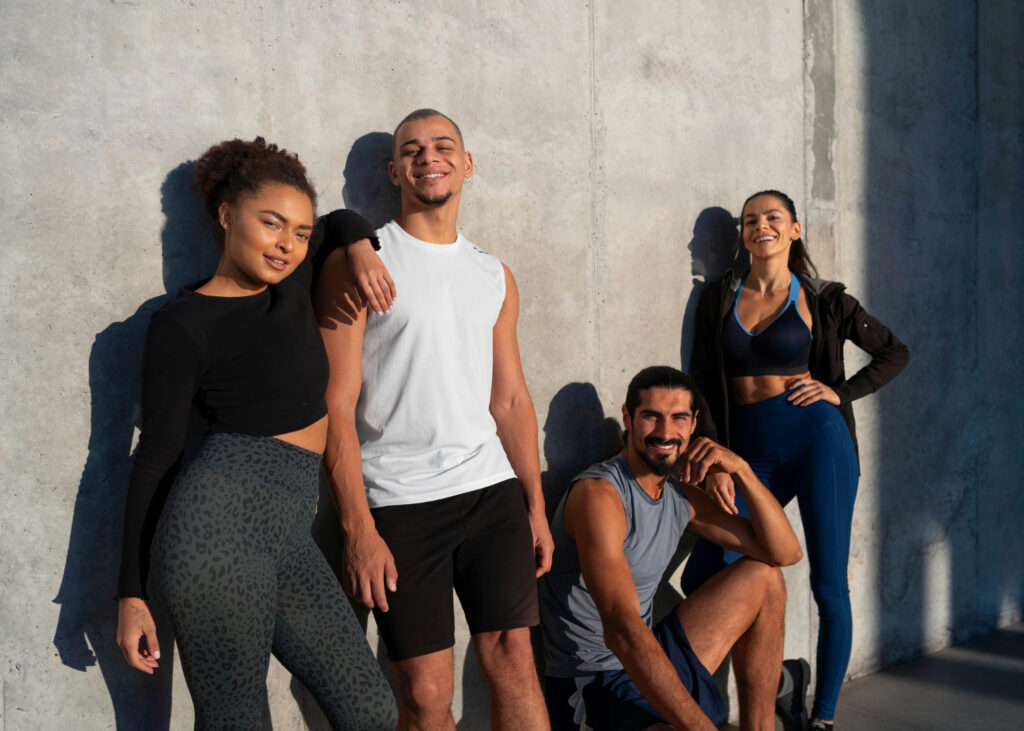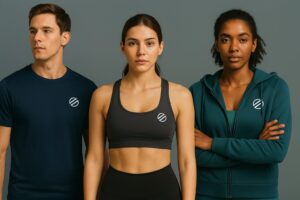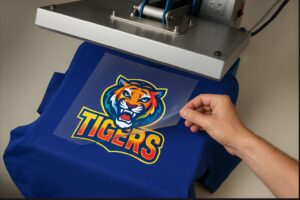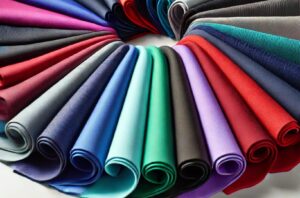Introduction to Best Activewear Fabrics
When it comes to activewear, the fabrics you choose can make all the difference in your comfort and performance. The right fabric can enhance breathability, wick away sweat, and provide the necessary flexibility for various activities. With numerous options available, it can be challenging to determine which fabrics are best suited for your needs.
In this blog post, we’ll explore the top 10 activewear fabrics known for their comfort and performance, helping you make informed decisions for your athletic wardrobe.
Top 10 Activewear Fabrics
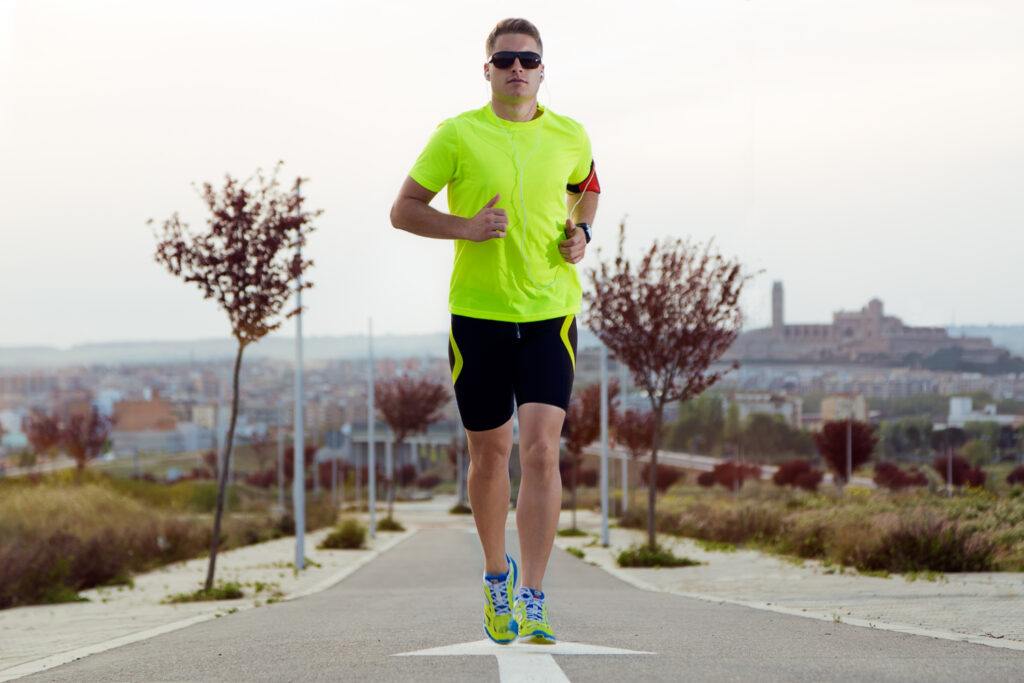
1. Polyester Fabric
Polyester activewear fabrics are a staple in the activewear industry, and for good reason. This synthetic sublimation fabric is renowned for its durability, moisture-wicking properties, and quick-drying capabilities. Polyester fibers are strong and resistant to shrinking and stretching, making them ideal for high-intensity workouts and outdoor activities.
Polyester fabrics come in various weights, often measured by GSM in fabric. What is GSM for fabric? It measures fabric density—higher GSM means a thicker fabric, while lower GSM makes it lighter, making polyester suitable for various activewear types.
The fabric’s ability to wick moisture away from the skin ensures that you stay dry and comfortable even during the most strenuous exercises. Additionally, polyester’s quick-drying nature means you won’t be left feeling damp after a sweaty session.
These attributes make polyester a popular choice for everything from running shorts to workout tops.
Pros:
- Durable and long-lasting
- Excellent moisture-wicking properties
- Quick-drying
- Resistant to shrinking and stretching
Cons:
- Can retain odors
- May not be as breathable as natural fabrics
Check out some polyester fabrics from Sphere Sport:
- 150gsm Evaporex Sublimation Fabric
- 140gsm Interlock Sublimation Fabric
- 160gms Supreme Mesh Sublimation Fabric

2. Nylon Fabric
Nylon is another synthetic fabric that has earned its place in the world of activewear. Known for being lightweight and incredibly strong, nylon is often used in garments that require high durability and resistance to abrasion.
Its smooth texture and elasticity provide a comfortable fit, while its moisture-wicking properties help keep sweat at bay. Nylon is also quick-drying, making it a practical choice for activities that involve water or intense perspiration.
Commonly found in leggings, sports bras, and athletic jackets, nylon’s versatility and performance benefits make it a go-to fabric for many athletes.
Pros:
- Lightweight and strong
- Abrasion-resistant
- Smooth texture and comfortable fit
- Quick-drying
Cons:
- Can be less breathable
- Tends to retain odors
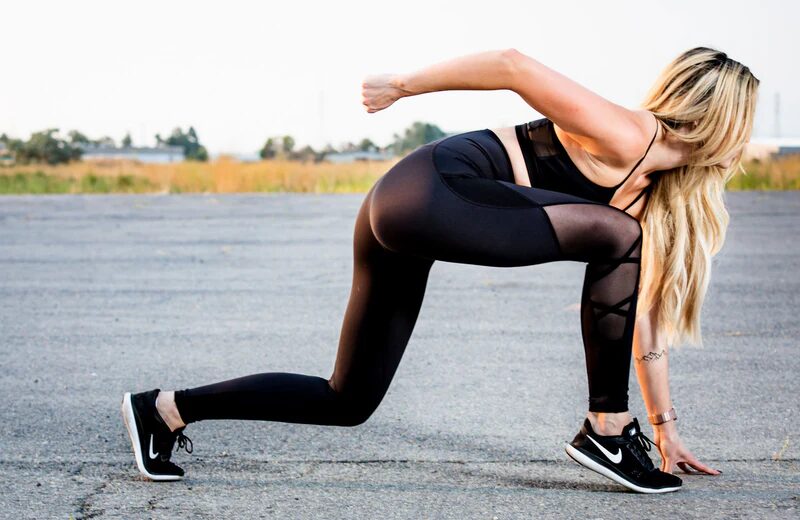
3. Spandex (Lycra/Elastane)
Spandex, also known as Lycra or elastane, is celebrated for its exceptional stretch and recovery properties. This activewear fabrics can stretch up to five times its original length, providing unparalleled flexibility and freedom of movement.
Spandex is often blended with other fabrics to enhance their elasticity, ensuring a snug fit that moves with your body. Blending with the right GSM, this makes it an excellent choice for activities that require a full range of motion, such as yoga, pilates, and dance. Additionally, spandex retains its shape over time, maintaining the garment’s fit and function even after repeated wear and wash cycles.
You’ll frequently find spandex fabrics in leggings, compression gear, and fitted tops.
Pros:
- Exceptional stretch and flexibility
- Retains shape over time
- Enhances fit and comfort when blended with other fabrics
Cons:
- Can lose elasticity over time with exposure to heat and chlorine
- May not be as breathable on its own
Check out some spandex blend fabrics from Sphere Sport:
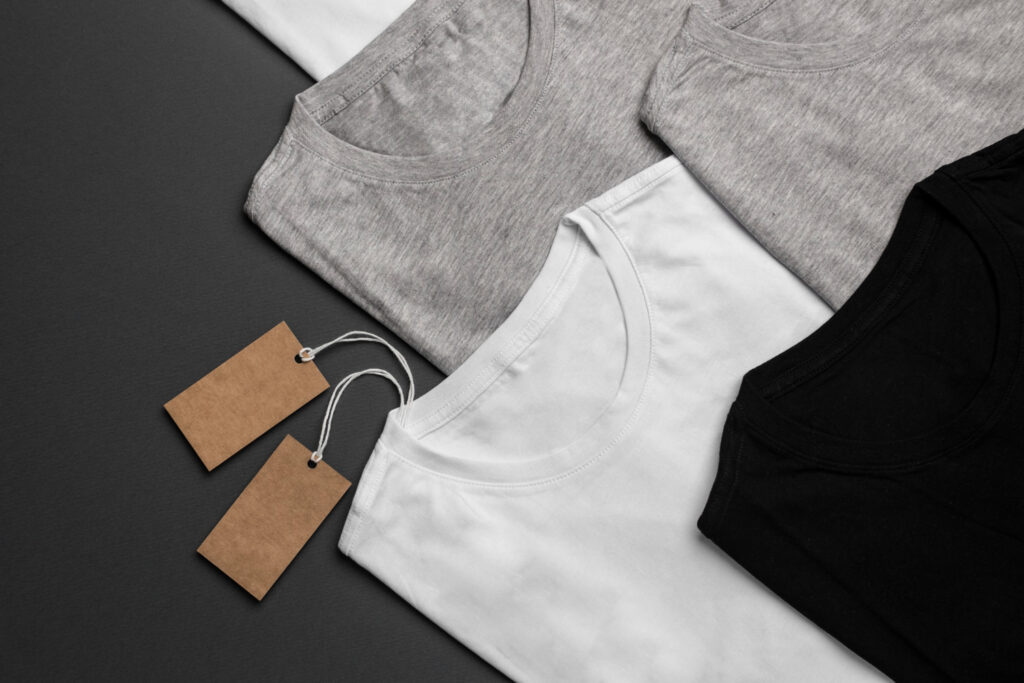
4. Bamboo Fabric
Bamboo fabric is gaining popularity in the activewear fabrics market due to its eco-friendly nature and remarkable comfort. Made from bamboo fibers, this fabric is incredibly soft, making it gentle on the skin.
Bamboo fabric is naturally breathable and moisture-wicking, helping to keep you cool and dry during workouts. It also possesses antibacterial properties, which can reduce odors and keep your gear fresher for longer.
Bamboo fabric is often used in yoga wear, T-shirts, and base layers. Its sustainable production process and comfort benefits make it a top choice for those looking to make environmentally conscious clothing choices without compromising on performance.
Pros:
- Soft and gentle on the skin
- Breathable and moisture-wicking
- Naturally antibacterial and odor-resistant
- Eco-friendly and sustainable
Cons:
- Can be more expensive
- May require special care to maintain softness
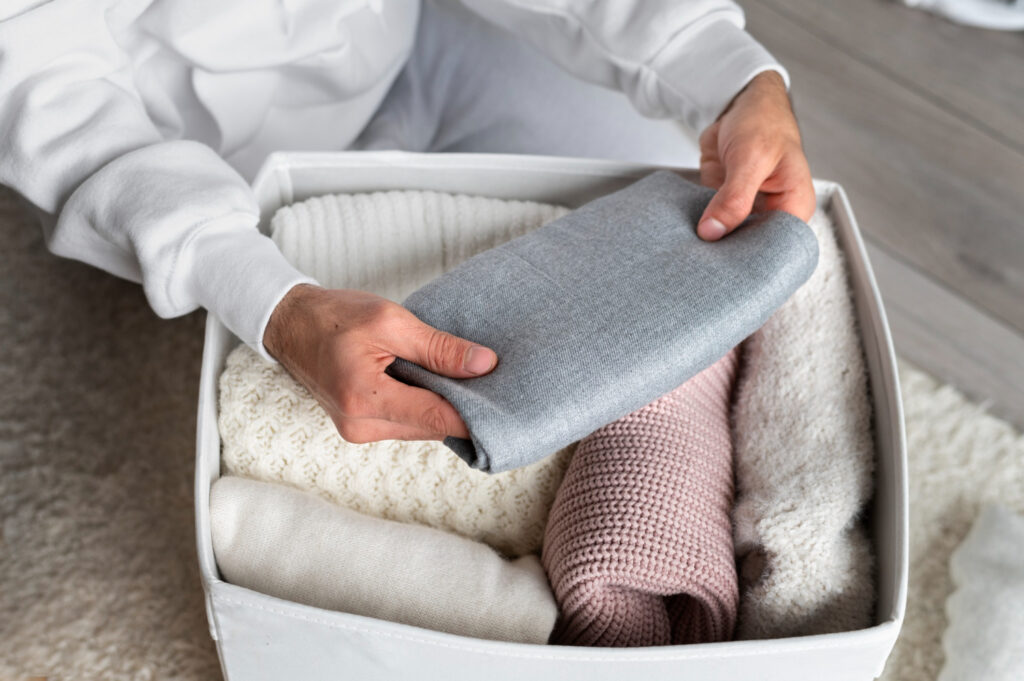
5. Merino Wool
Merino wool stands out as a natural fiber with impressive performance qualities. Unlike traditional wool, merino wool is exceptionally fine and soft, making it comfortable to wear directly against the skin. It excels in temperature regulation, keeping you warm in cold conditions and cool when it’s hot.
Merino wool activewear fabrics also has excellent moisture-wicking abilities and is naturally odor-resistant, making it ideal for long workouts or multi-day activities where fresh gear is a must.
This versatile fabric is often found in base layers, socks, and outdoor performance wear, providing comfort and performance across a range of temperatures and activities.
Pros:
- Excellent temperature regulation
- Moisture-wicking and quick-drying
- Naturally odor-resistant
- Soft and comfortable
Cons:
- Can be more expensive
- May require special care (gentle washing and drying)
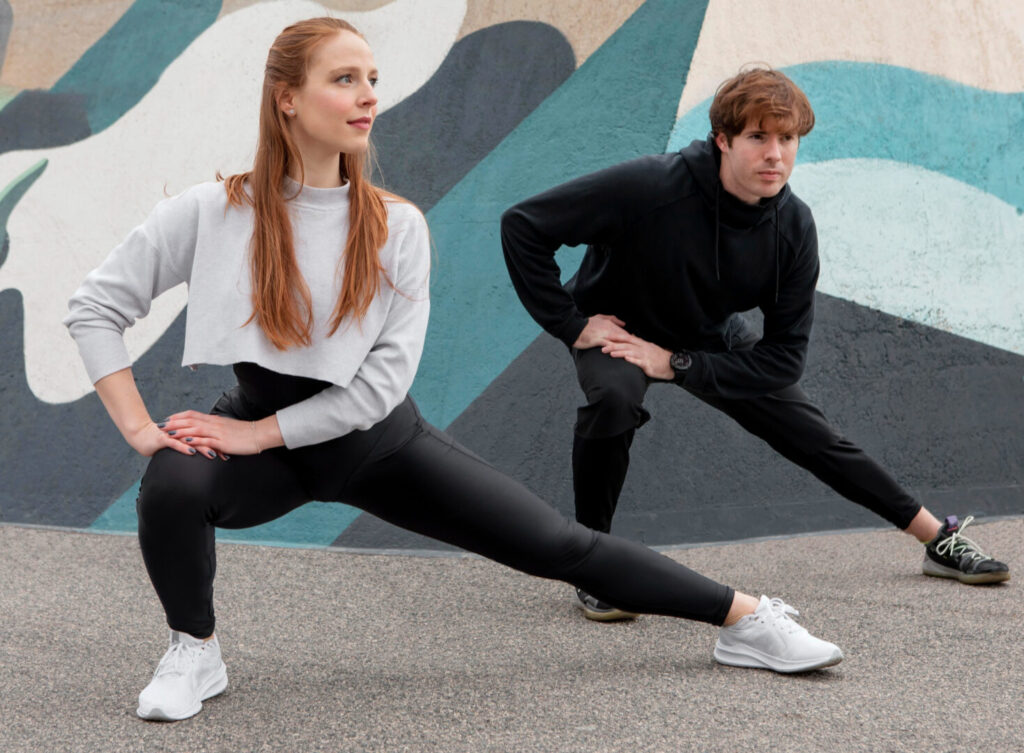
6. Cotton Blends
Cotton blends combine the natural comfort of cotton with the performance characteristics of synthetic activewear fabrics. Pure cotton is highly breathable and soft, but it tends to retain moisture, making it less ideal for intense workouts.
By blending cotton with materials like polyester or spandex, the resulting fabric retains cotton’s comfort while gaining moisture-wicking and quick-drying properties.
Cotton blends are versatile and are often used in casual activewear, such as T-shirts, hoodies, and yoga pants. They provide a comfortable and breathable option for low to moderate intensity activities.
Pros:
- Comfortable and breathable
- Soft against the skin
- Often more affordable
Cons:
- Retains moisture, can become heavy and damp
- May shrink or lose shape over time
Check out some cotton blend fabrics from Sphere Sport:

7. Polypropylene Fabric
Polypropylene is a synthetic fabric known for its excellent moisture-wicking and thermal properties, making it a standout among activewear fabrics. This fabric doesn’t absorb moisture, which helps to keep the skin dry even during heavy perspiration.
Polypropylene also provides insulation, making it a good choice for colder environments. Its lightweight nature and durability make it suitable for a variety of activewear applications, including base layers, thermal wear, and outdoor gear.
Additionally, polypropylene is resistant to stains and most chemicals, ensuring that your activewear maintains its appearance and performance over time.
Pros:
- Excellent moisture-wicking properties
- Provides thermal insulation
- Lightweight and durable
- Resistant to stains and chemicals
Cons:
- Can retain odors
- Not as soft as some other fabrics
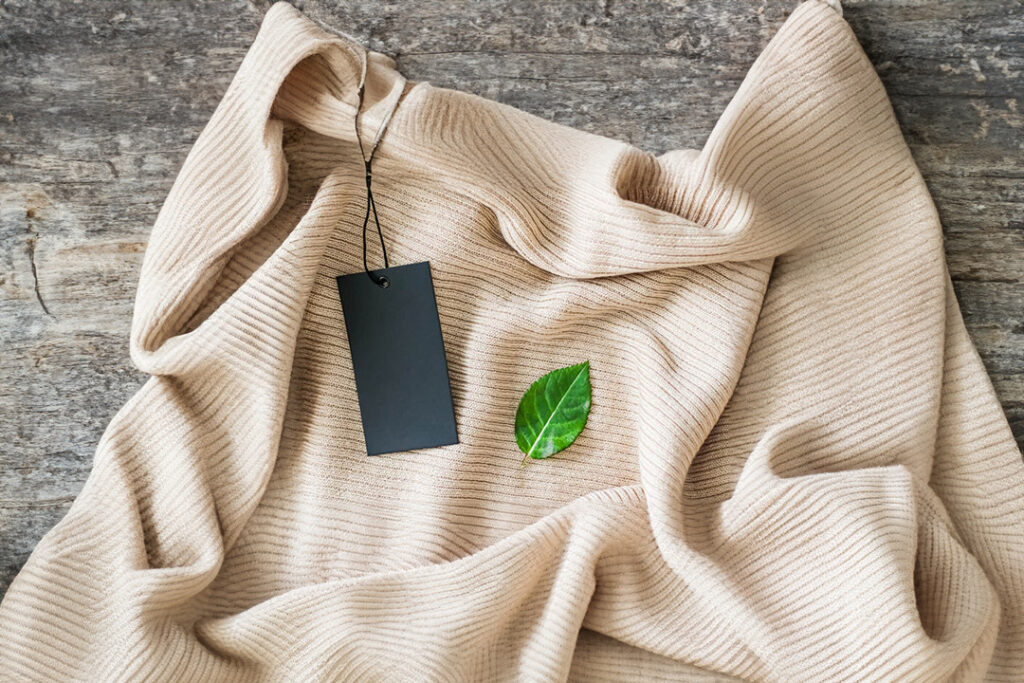
8. Tencel (Lyocell)
Tencel, also known as lyocell, is a sustainable fabric made from wood pulp, often sourced from eucalyptus trees. This fabric is known for its softness, breathability, and moisture absorption properties.
It provides a silky feel against the skin and is highly effective at wicking away sweat, keeping you dry and comfortable. Tencel is also biodegradable and produced using environmentally friendly processes, making it a great choice for eco-conscious consumers.
You’ll find Tencel in a variety of activewear items, including T-shirts, leggings, and underwear, where comfort and sustainability are key considerations.
Pros:
- Soft and smooth texture
- Highly breathable and moisture-wicking
- Eco-friendly and biodegradable
- Gentle on the skin
Cons:
- Can be more expensive
- May require special care
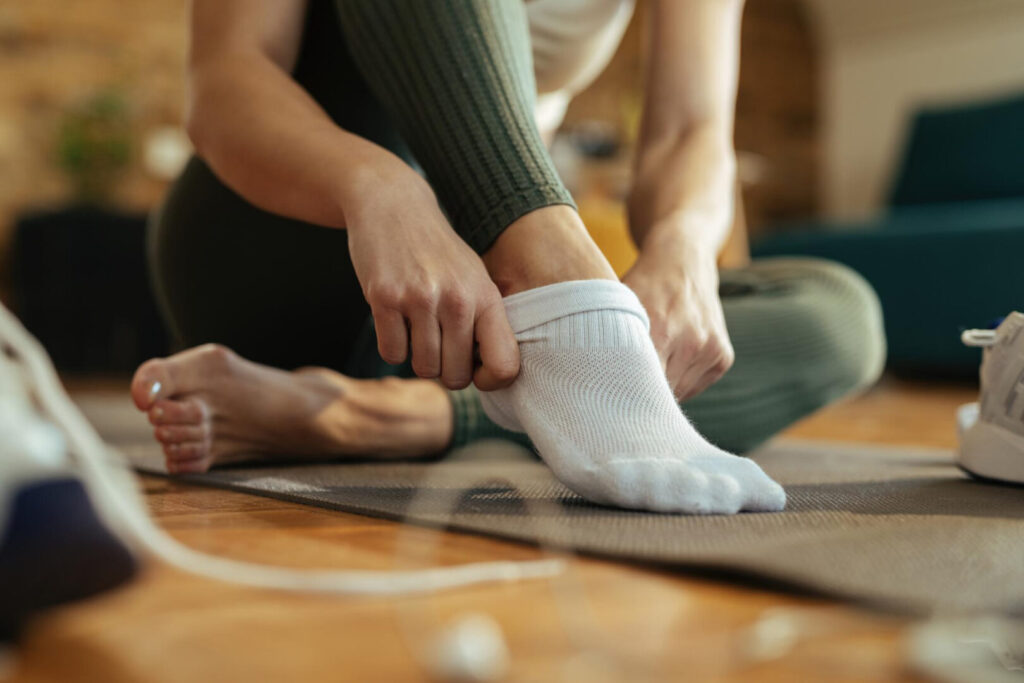
9. Wool Blends
Wool blend fabrics incorporate the best qualities of wool and synthetic fibers to create fabrics that offer warmth, durability, and performance. It is naturally insulating, moisture-wicking, and odor-resistant, making it an excellent choice for colder climates and high-intensity activities.
When blended with synthetic fibers like polyester or nylon, the resulting fabric is more durable and easier to care for, while still retaining wool’s natural benefits.
Wool blends are commonly used in base layers, socks, and outdoor performance gear, providing a balance of comfort and functionality.
Pros:
- Warm and insulating
- Durable and long-lasting
- Moisture-wicking and odor-resistant
Cons:
- Can be more expensive
- May require special care to avoid shrinking
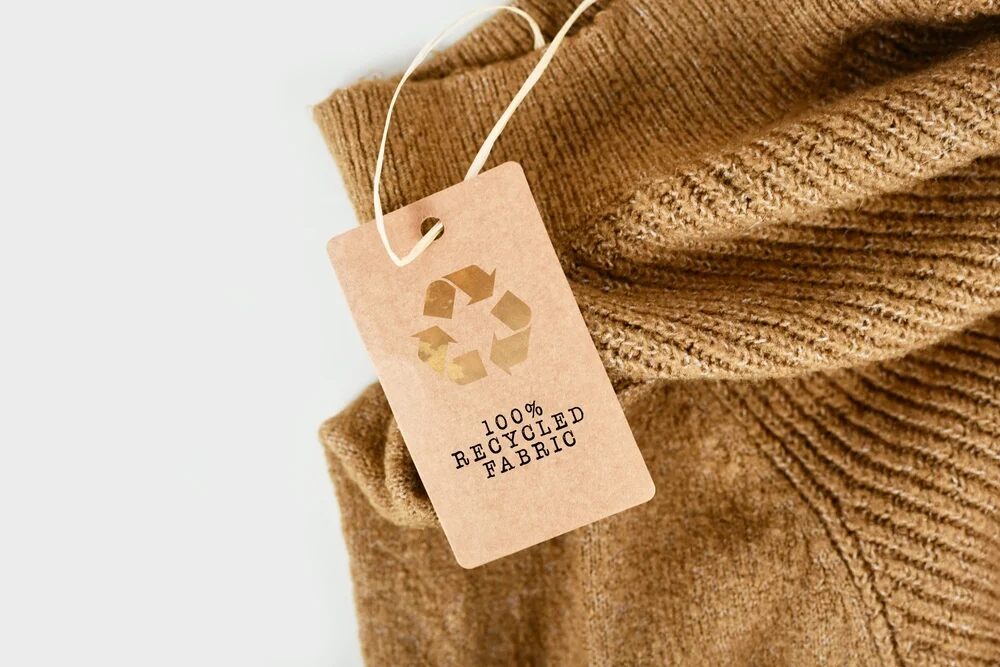
10. Recycled Fabrics
Recycled fabrics are becoming increasingly popular in the activewear industry as consumers and brands alike strive for sustainability. These fabrics are made from recycled materials such as plastic bottles, old garments, and industrial waste.
Recycled polyester, for instance, offers the same performance benefits as virgin polyester—durability, moisture-wicking, and quick-drying—but with a significantly lower environmental impact. Recycled fabrics help reduce waste and conserve resources, making them an eco-friendly choice for activewear.
You’ll find recycled fabrics in a wide range of products, including leggings, jackets, and sports bras, proving that performance and sustainability can go hand in hand.
Pros:
- Environmentally friendly and sustainable
- Retains performance benefits of original materials (e.g., moisture-wicking, durability)
- Reduces waste and conserves resources
Cons:
- Can be more expensive
- Availability may vary
Conclusion
Choosing the right fabric for your activewear is crucial for maximizing comfort and performance. Each fabric offers unique benefits, from the durability and moisture-wicking properties of polyester and nylon to the eco-friendliness of bamboo and recycled materials.
By understanding the characteristics of these top 10 activewear fabrics, you can make informed decisions that enhance your athletic performance and comfort.
Whether you’re gearing up for a high-intensity workout or a casual yoga session, selecting the appropriate fabric will ensure you stay comfortable and supported throughout your activities.
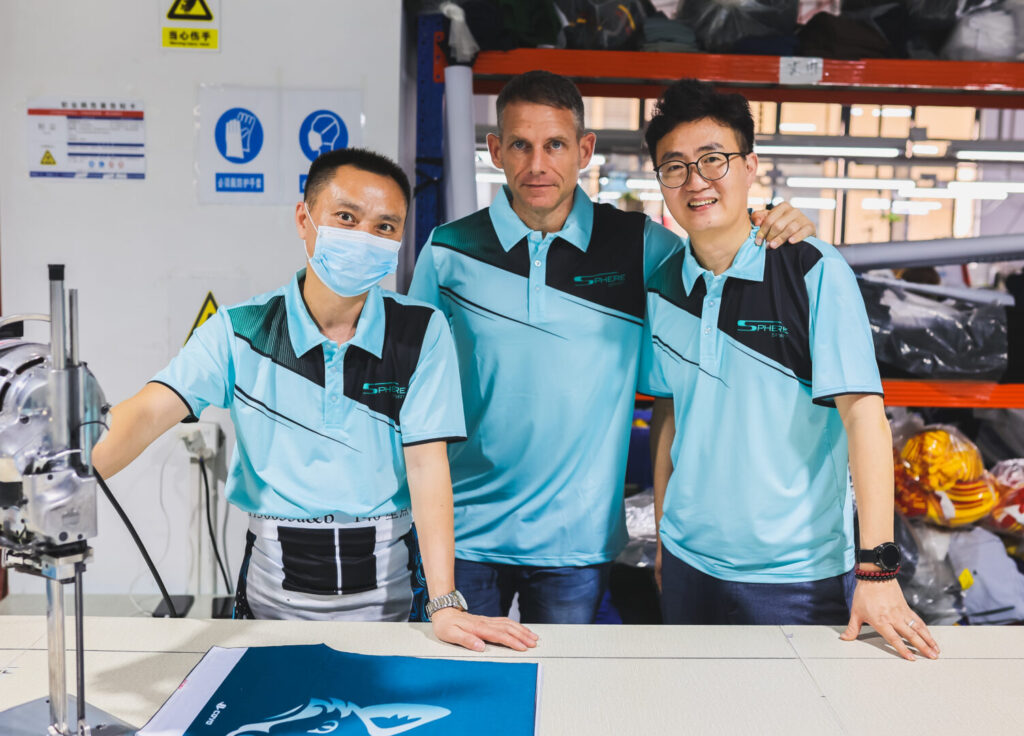
Elevate Your Activewear with Sphere Sport
Ready to elevate your activewear line with premium, innovative fabrics? Sphere Sport, a leading sportswear manufacturer in China, is here to help your brand develop top-tier activewear products that stand out in the market. Our expertise in fabric technology and commitment to quality ensure that your customers will enjoy unparalleled comfort and performance.
Contact us today to learn how we can collaborate to bring your vision to life. Whether you’re looking to enhance your existing product range or create something entirely new, we’re dedicated to helping your brand succeed.

